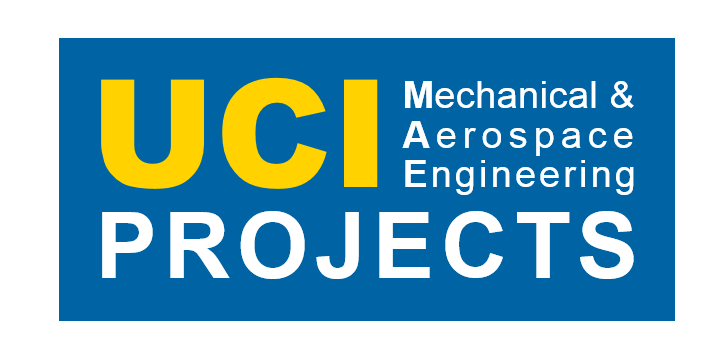By the end of the third week on Friday, we received our model RC airplane that we ordered, the DC-3. The next steps we need to take are the modifications: reinforcing the foam material to withstand wind tunnel conditions, reinforcing the bottom in order to withstand the mount, and start considering design modifications so we can fit the oscillatory mechanism through it.
For reinforcement, we have so far considered fiber glass at specific points where stresses may be high. Otherwise the brute force method would be covering the plane with a thin layer of epoxy.
For the airplane mount, we need to consider how much torque will it generate, and that will determine whether or not the mount is strong enough to withstand wind tunnel conditions and not rip apart the plane from the mount. By consideration, we considered the material for the mount: aluminum for the linear rod that allows vertical motion, and hopefully pre-existing metal parts for the revolute joints that will allow for pitch and roll.
For the airplane mechanism, we need to research the material and pre-existing parts that might exist for the plane. The large problem will be finding/manufacturing thin, but rigid rods that will stretch from the motor to the ailerons. Upon obtaining the airplane, realizing the airlines are very small and the rods that it has are very thin, we need to consider having the aileron and elevator mechanism to lie just below the wing in order to have space since the thickness of the wing is very thin.
For this week, the immediate goals were to research parts and materials for the airplane mount and mechanism, as well as finish the design process of the airplane mechanism and mount. The mechanism we designed so far includes a system of bevel gears, and the mount having a linear bearing that allows for the airplane to vertically move, while two revolute joints together would allow for the pitch and roll we desired.

